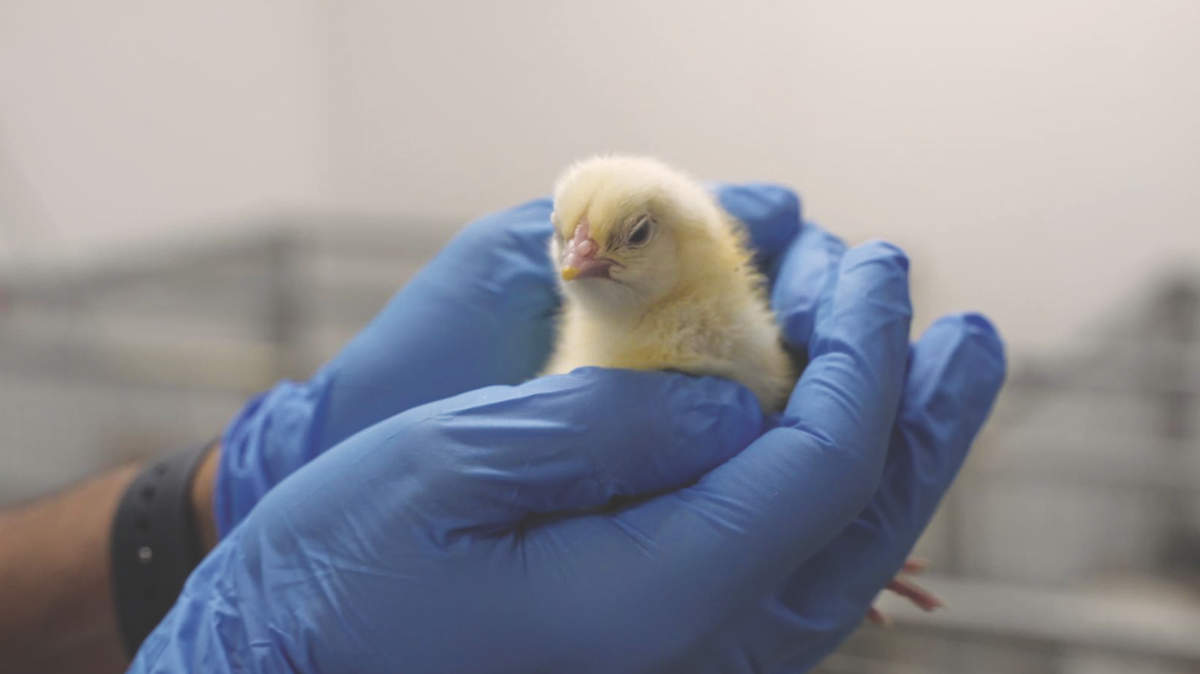

Antimicrobial resistance (AMR) is prevalent in all agriculture; including soil, water and various foods. AMR has been around forever, but only became a problem when antibiotics, the miracle drugs of the 20th century, began losing their effectiveness. Few researchers are developing new classes of antibiotics, but one genomics professor in Australia is attacking the issue from a different angle: In the gut microbiota of poultry.
There was never, ever a situation where we had millions of tons of antibiotics released in such a purified state into the nature.
Dana Stanley, Ph.D.
Professor at Central Queensland University Australia
Now more than ever, agricultural animals need proper disease control that does not overlap with clinical antibiotics that we use for human health.
Dana Stanley, Ph.D.
Professor at Central Queensland University Australia
Professor at Central Queensland University Australia
We use RNA-seq, which is the method that allows us to see the expression and change in expression of every single gene in the animal organ in response to use of phytogenic or other alternatives to antibiotic products.
Dana Stanley, Ph.D.
Professor at Central Queensland University Australia
Professor at Central Queensland University Australia
IPA is a powerful tool for predicting the benefits and side effects of treatments, as well as identifying potential interactions and pathways at the molecular level.
Dana Stanley, Ph.D.
Professor at Central Queensland University Australia
Professor at Central Queensland University Australia
June 2023





